Understanding Hydraulic Cap Fittings
Hydraulic cap fittings are integral components in the realm of fluid conveyance systems, designed to seal the end of hydraulic lines securely. These fittings are crucial for maintaining the integrity and pressure of hydraulic systems, preventing leaks and contamination.
Materials and Types of Hydraulic Cap Fittings
The construction of hydraulic cap fittings varies, with materials selected based on the fluid type and system requirements. Plastic hydraulic caps, often made from durable PVC, offer a lightweight and cost-effective solution with a smooth internal surface to minimize flow resistance. For environments requiring greater corrosion resistance, hydraulic fitting caps made from metals like copper are preferred due to their durability and suitability for underground applications.
Applications and Features
Hydraulic hose cap and fitting varieties are employed across a spectrum of applications, from residential plumbing to industrial manufacturing. The design features of these caps, such as hydraulic coupler dust caps, play a pivotal role in protecting hydraulic systems from external contaminants and preserving the quality of the fluid within. In settings where hygiene and cleanliness are paramount, hydraulic fitting dust caps ensure that the system remains free from particulates.
Advantages of Selecting the Right Hydraulic Caps
Choosing the appropriate hydraulic hose end caps or jic cap can significantly enhance system performance. For instance, 8 jic cap and jic fitting cap are known for their robust sealing capabilities, which is essential for high-pressure applications. Similarly, plastic caps for hydraulic fittings are advantageous for their ease of installation and resistance to a wide range of chemical fluids.
Complementary Components
Beyond caps, a hydraulic system may include other components like P-traps and pipe bends, each serving a unique function. P-traps, for example, are designed to trap a small amount of water within the system to prevent sewer gases from entering through a bathroom setup. When integrating hydraulic connector dust caps, it's essential to consider these additional components for a comprehensive system solution.
Conclusion
In conclusion, the selection of hydraulic cap fittings is a nuanced process that depends on the specific requirements of the hydraulic system in question. Whether opting for plastic hydraulic hose caps or metal alternatives, the right choice ensures the longevity and reliability of the system, safeguarding against leaks and contamination.



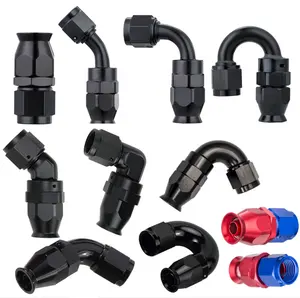

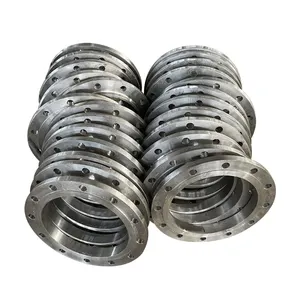


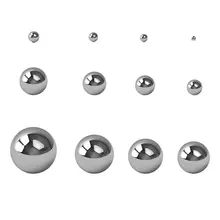
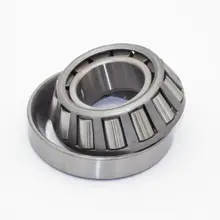

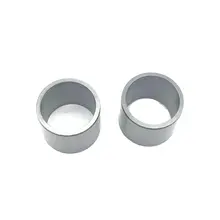
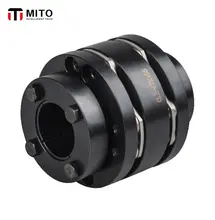
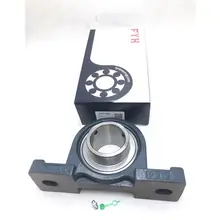


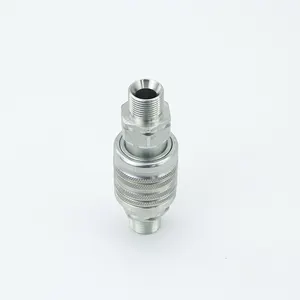

















 浙公网安备 33010002000092号
浙公网安备 33010002000092号 浙B2-20120091-4
浙B2-20120091-4